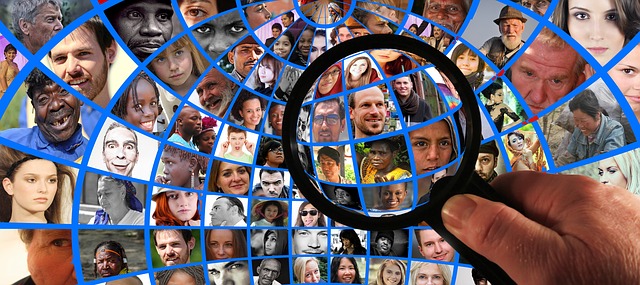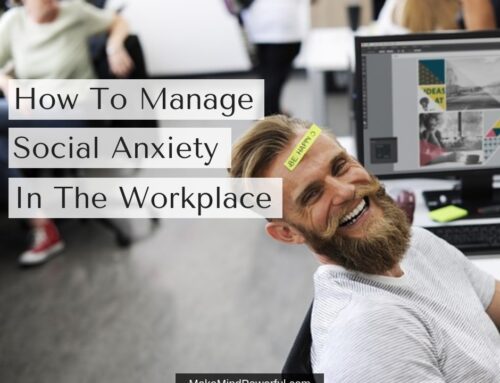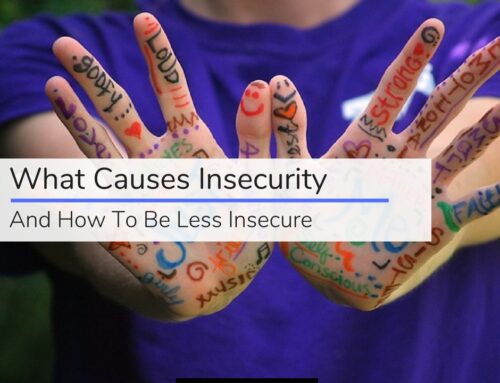Social anxiety disorder is a form of mental illness that can affect any of us. It is real and explains the reason why you feel tremendous fear when participating in social interactions. Here are what the numbers say about social anxiety disorder.
- Social anxiety disorder affects 15 million or 6.8% of the US population. (ADAA)
- 36% of people with social anxiety seek help after 10 or more years experiencing the symptoms. (ADAA)
- 7.1% of US populations had social anxiety disorder between 2001 and 2003. (NIMH)
- The number of females experiencing social anxiety is higher (8.0%) compared to males (6.1%) between 2001 – 2003. (NIMH)
- Around 12.1% of US adults experienced social anxiety at certain points of their life. (NIMH)
- Amongst US adults suffering from social anxiety, 29.9% had serious impairment, 38.8% with moderate and 31.3% had mild impairment. (NIMH)
- 9.1% of US adolescents age between 13-18 suffered from social anxiety disorder, with 1.3% of them suffering serious impairment.
- Female adolescents in the US have a higher rate(11.2%) of social anxiety disorder compared to male adolescents (7.0%).
- 37% of adults suffered from social anxiety disorder at an age of 19 eventually recovered within 12 years. (NBCI)
- 70% of adults who has social anxiety disorder also suffered from general anxiety disorder. (NBCI)
- A study found that 53% of patients suffering from social anxiety disorder had had a previous episode of a depressive disorder. (NBCI)
- Individuals who suffered from social anxiety disorder are also linked to affective disorder (65%), nicotine dependence (27%), and substance-abuse disorder (20%). (NBCI)
- 61% of adults seeking treatment for social anxiety disorder also suffered from avoidance personality disorder. (NBCI)
- People with social anxiety disorder receive wages that are 10% lower than their non-clinical counterparts. (NBCI)
- Hereditary causes of social anxiety disorder are estimated between 25% to 50%. (NBCI)
- Only 50% of adults with social anxiety disorder sought treatment, usually after experiencing the symptoms for 15-20 years. (NBCI)
- 50% to 80% of people with social anxiety disorder seeking health services have at least one other psychiatric condition. (NBCI)
- In the UK, a patient with social anxiety disorder incurs £609 in annual health service in 2000. (NBCI)
- Annual productivity loss in the UK for people with social anxiety is £441 per person and annual social security benefit is at £1,479 per person in 2000. (NBCI)
- Every 10 point increment in the Liebowitz Social Anxiety Scale results in a decrease of 1.5% to 2.9% in wages and college graduation by 1.8%. (NBCI)
- Only 5.4% of individuals with co-morbid social anxiety disorder seek treatment from mental health service providers. (NBCI)
- In 2005, the overall annual mean cost of social anxiety disorder is between $1,124 to $3,366. (NBCI)
- According to a study in 2000, the annual healthcare cost for social anxiety is at $3,772 per person. (NBCI)
It’s never too late nor early to start treating social anxiety disorder.
Related:






Leave A Comment